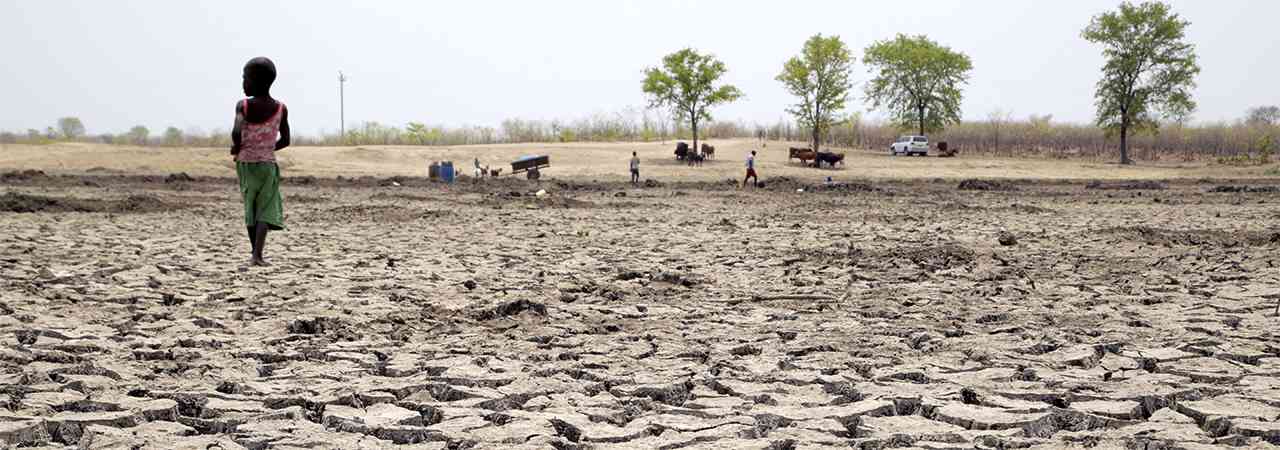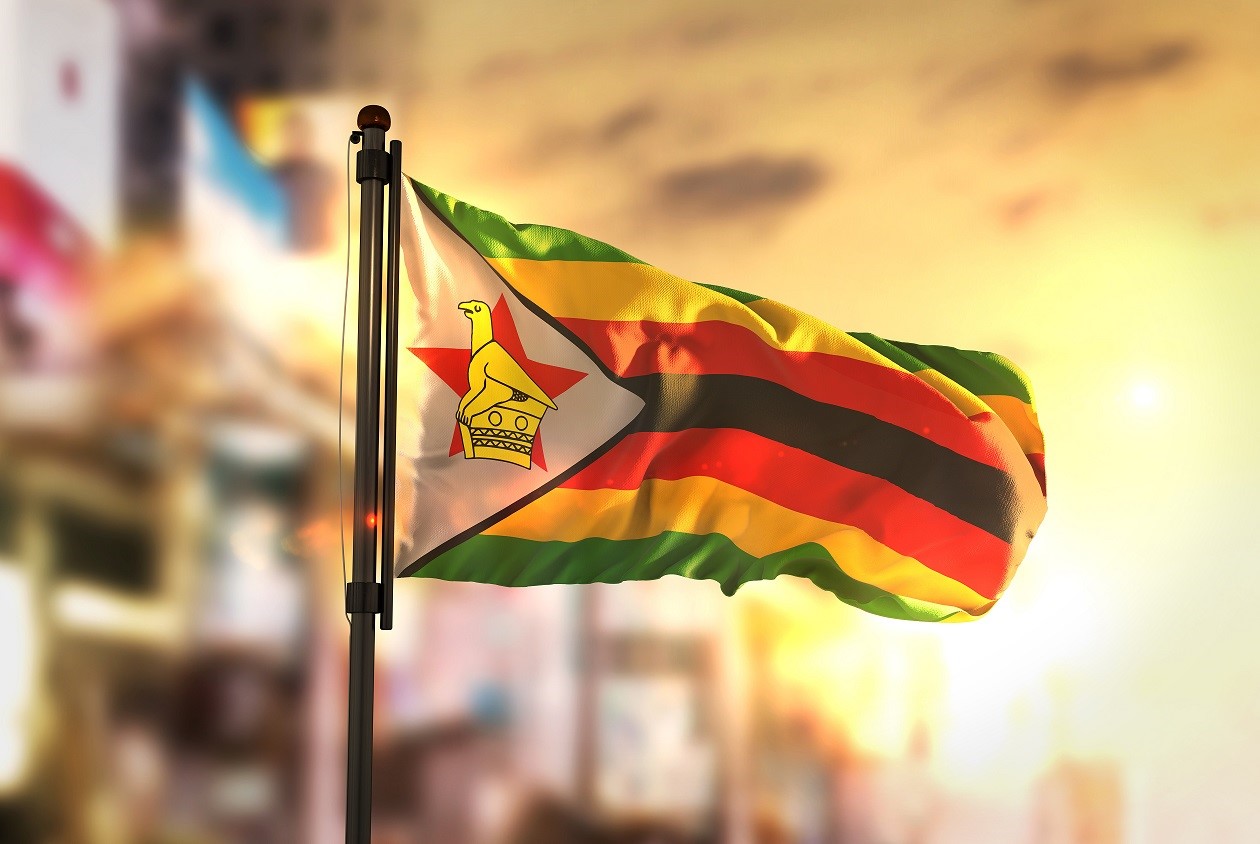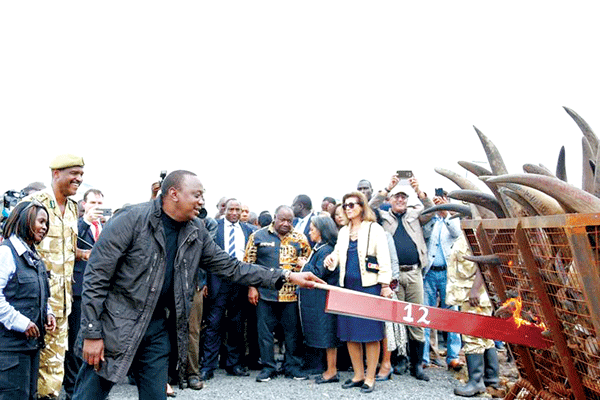
LIVES could have unnecessarily been lost during the violent clashes between the police and members of the Apostolic Faith at the shrine of the Johane Masowe yeChishanu sect of the church in Harare’s teeming suburb of Budiriro.
And one of those lives could easily have been that of a journalist.
Apostolic Christian Council of Zimbabwe president Johannes Ndanga had visited the shrine escorted by members of the riot police on May 30 2014, to announce the ban of the sect following allegations of wanton abuse of women and children.
Pictures of a hapless Relax Mafurutu, the ZBC cameraperson, being battered by members of the Apostolic Faith were certainly chilling. Worse still are those of a bare-footed and visibly uncomfortable Newsday reporter, Moses Matenga, seated among the sea of white-garmented members of the sect.
I am not certain as to how Matenga got himself entangled into that position. I can only shudder as to how he eventually disentangled himself before assuming what he referred to as “the commandership” of the situation in his futile attempt to rescue the beleaguered ZBC cameraperson.
Until I am briefed otherwise, that was not the best of strategic positions given what eventually transpired at the place of worship in Budiriro.
The pictures of police fleeing from the shepherd-rods wielding members of the sect, graphically depict the danger zone into which the journalists had ventured.
The situation is even more scary when viewed against the images of the completely surrounded ZBC news vehicle with one member of the sect atop its roof. The journalists were certainly taken by surprise and there was no escaping for them.
- Chamisa under fire over US$120K donation
- Mavhunga puts DeMbare into Chibuku quarterfinals
- Pension funds bet on Cabora Bassa oilfields
- Councils defy govt fire tender directive
Keep Reading
The police who were supposed to have provided cover for them were ironically also trapped as they were being thrashed with shepherd’s rods.
A frightening case of entrapment and capture of journalists on assignment. In short, this was a dangerous hostage situation.
The Budiriro incident took me back to 2000 to 2002 when a Daily News crew travelled to the mining town of Bindura in Mashonaland Central province to cover a star campaign rally by President Robert Mugabe.
Well ahead of the scheduled time, the crew decided to kill time at a popular barbeque (braai) joint on the town’s periphery.
The place was teeming with Zanu PF supporters and other senior members of the party who were also roasting meat and generally whiling away time before the rally.
This was at the height of the vilification of the then Daily News as an “anti-establishment publication” whose journalists were “sellouts”.
Upon their arrival at the joint, the Daily News team immediately spotted colleagues from the ZBC. However, the ZBC crew reportedly cold-shouldered them. Sensing the volatility of the situation given the newspaper they worked for, the Daily News team decided to leave the place and drive around town until the time of the rally.
Intuition — that extra-sensory capacity to smell danger and know when to retreat — is key in the work of journalists especially for those reporting on conflict.
The Budiriro incident (thankfully the journalists lived to tell the tale), raises several questions on whether the reporters had done a thorough background check and were fully briefed on what exactly was at stake.
Did they conduct an environmental scan and some sniffing around prior to visiting the shrine?
Recognisance and due background checks are key when covering conflict situations.
Of course different situations demand different safety measures.
However, the mere presence of members of the riot police that reportedly escorted Ndanga to the shrine, should have set the alarm bells ringing for the journalists.
Something more serious if not sinister, was definitely at stake. Armed riot police at a supposed place of religious worship!
This is one of the worst case scenarios often referred to in journalism manuals where the lives and safety of the journalists was under serious threat.
Without condoning the violent behaviour of members of the sect, this is perhaps one situation that demanded the reporters to have scanned and mapped their escape routes in advance.
The event could have been covered from a safe distance.
One can only presume this might have been the case with Ndanga. Ndanga, and intriguingly so, managed to dash to his vehicle which must have been parked in a getaway position, leaving (or is it abandoning), the journalists and riot police to the wrath of the incensed members of the sect.
Ndanga must have sensed danger when the tables were suddenly turned against him. He knew exactly when and how he was going to escape. Not so for the journalists.
The ZBC news crew, was definitely parked too close to the news subjects they had gone to cover given that Ndanga was not necessarily on a peace mission, but had visited the shrine to effect a ban against that particular sect.
The fact that he arrived in the company of riot police means that he must have anticipated that the task at hand was not going to be a stroll through the park.
Terry Anderson, honorary chairman of the Committee to Protect Journalists and former Associated Press bureau chief who was held hostage for nearly seven years in Lebanon, had this to say:
“Always, constantly, constantly, every minute, weigh the benefits against the risks.
“And as soon as you come to the point where you feel uncomfortable with that equation, get out, go, leave.
It’s not worth it. There is no story worth getting killed for.”
Nyasha Nyakunu is a senior programmes officer with Misa-Zimbabwe. He is also a media trainer and journalist who covered the civil war in Somalia during the deployment of Zimbabwean soldiers as part of the United Nations forces deployed on a peace-keeping mission to that country.










